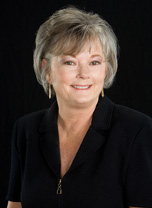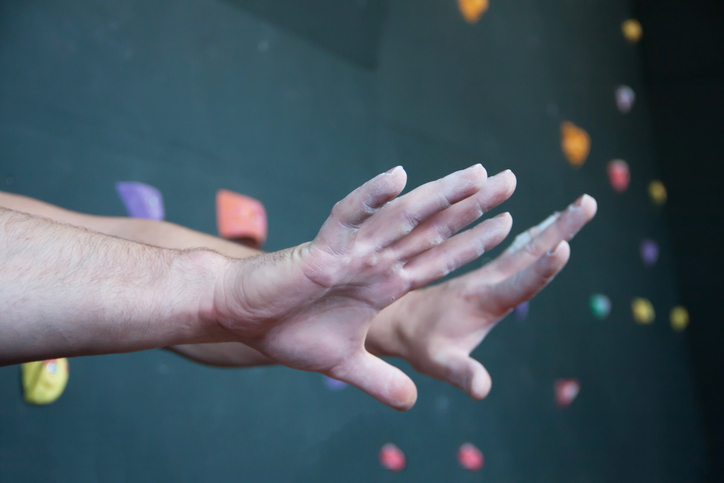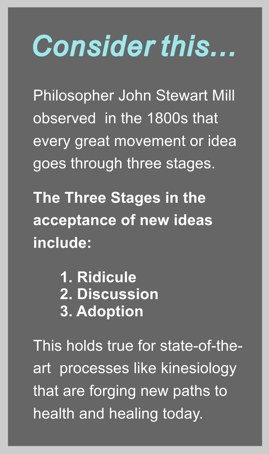
Roger Callahan, a clinical psychologist, extended Diamond's work after a client he had been working with, was responding only marginally to cognitive and behavioral forms of treatment for a longstanding phobia of water. Therefore, Diamond found connections between acupuncture meridians, words, and emotions, and thus found a way of rapidly ameliorating the distress. The team also found that by stimulating specific acupuncture meridians and asking the individual to say certain emotional affirmations, that would result in an ameliorated weakened muscle test and the individual would experience relief from the distress that just occurred. What the team found was that when an individual thinks of something upsetting or lies, the muscle test will be slightly weaker. According to Mollon, around the same time, John Diamond, a psychiatrist, joined Goodheart's team and began exploring the implications to psychological disorders and emotional conditions. Goodheart also developed the technique “tapping” which he found helped his patients feel relief from trauma and stress, and is currently used today. Beginning in the field of Applied Kinesiology, where chiropractor George Goodheart (in the 1960s and 1970s) began exploring clinical observations through muscle testing (i.e., technique where tester monitors subtle changes in muscle tone as an indicator of sickness and health within the body). According to Chang, the idea with TCM is that health is harmony, and disease is a lack of harmony, and one way of achieving harmony is through interaction of rhythms. Regarding traditional Chinese medicine, acupuncture was used as a way to cure disease through different energy meridians in our body.


Ruden argues that psychosensory therapy should be thought of as a third pillar to treatment, in addition to psychotherapy and psychopharmacology. The term was first used by Ruden, which he described as altering feelings, thoughts, and behaviors through utilizing sensory input. The origin of psychosensory therapy is rooted in applied kinesiology, traditional Chinese medicine, and the field of energy psychology.

These techniques in addition to others, according to both American Psychiatric Association (2016) and Stapleton and colleagues, are effective for treating Generalized Anxiety Disorder, Depression, and Post Traumatic Stress Disorder. Some of the common techniques used in psychosensory therapy include havening techniques, emotional freedom techniques, Callahan technique–thought field therapy (Callahan, 1985), and eye–movement desensitization and reprocessing.

Some important figures in psychosensory therapy include chiropractor George Goodheart, psychiatrist John Diamond, clinical psychologist Roger Callahan, and Ronald Ruden. Psychosensory therapy has its roots in traditional Chinese medicine in addition to energy psychology. In addition, psychosensory therapy is a group of therapeutic techniques that involves applying sensory inputs to treat various behaviors, mood, thoughts, symptoms, and pain. Psychosensory therapy is a form of therapeutic treatment that uses sensory stimuli (i.e., touch, sight, sound, taste, smell) to affect psychological and emotional health.


 0 kommentar(er)
0 kommentar(er)
